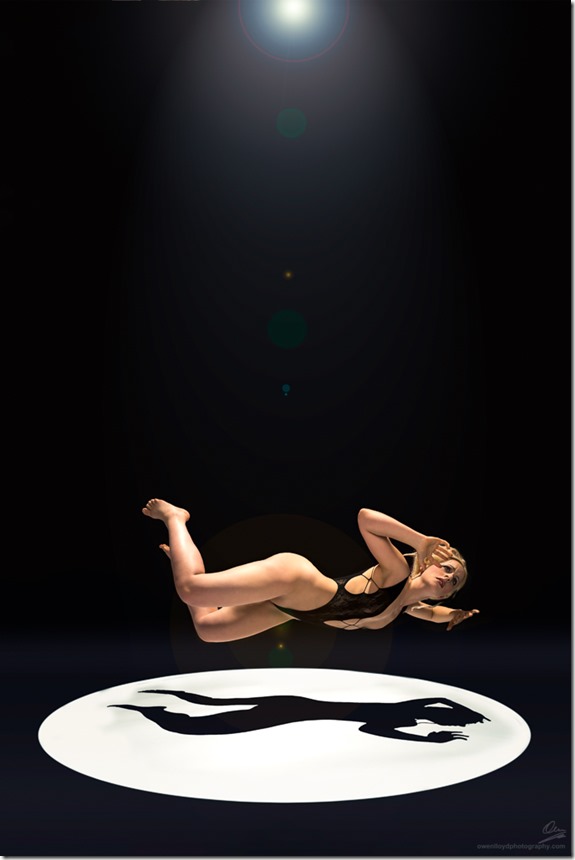 I’ve had my Lightblaster for a while now and used it on several occasions to project a background, a screened image, directly onto the model, or on to fog. It works – but the one big problem is the insane amount of light it eats. This shot on the left for example I needed to shoot at ISO400 and f/6.3 to get enough light out of the 600 Watt-second flash at full power. At those settings, the fill light (an identical light with a 30x120cm strip box and a grid) was on minimum power.
I’ve had my Lightblaster for a while now and used it on several occasions to project a background, a screened image, directly onto the model, or on to fog. It works – but the one big problem is the insane amount of light it eats. This shot on the left for example I needed to shoot at ISO400 and f/6.3 to get enough light out of the 600 Watt-second flash at full power. At those settings, the fill light (an identical light with a 30x120cm strip box and a grid) was on minimum power.
I bought the studio adapter for it that allows me to mount the Lightblaster onto a standard 7” reflector in an attempt to get more light, but wasn’t convinced this was better. I decided to do some tests.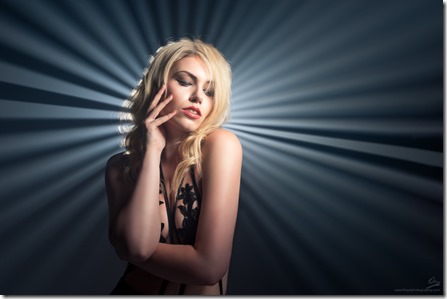
I set up the light at about 2 metres from a white paper screen (big roll of tracing paper). I put the circular metal gobo in the Lightblaster as it’s open in the centre, and focused the light onto the screen using a Yongnuo 50mm f/1.8 lens. This gives a circle of about 1.3 metres in diameter at that distance. I wanted to test the various ways of powering the Lightblaster for light intensity at the centre, using a meter, and the coverage, by just taking a shot and looking at it. (Yes you could wave the meter all over the place and get lots of readings, but tbh it’s easier to just look at the images to compare coverage). The camera and meter were set to ISO64 and the shutter speed at 1/160th. The camera was set to f/8 to underexpose the images so I could see the variation in brightness across the projected image. The room was dark, and no ambient light registered on the shots.

 First up is the Lencarta SF600 with a 7” reflector. This consistently gives f/3.6 at the centre of the circle at full power and the coverage looks like this. There’s a brighter ring, which may be an image of the flash tube, or just the sweet spot in the curve of the reflector dish. The rest is pretty even and it reaches to the edges of the circle.
First up is the Lencarta SF600 with a 7” reflector. This consistently gives f/3.6 at the centre of the circle at full power and the coverage looks like this. There’s a brighter ring, which may be an image of the flash tube, or just the sweet spot in the curve of the reflector dish. The rest is pretty even and it reaches to the edges of the circle.

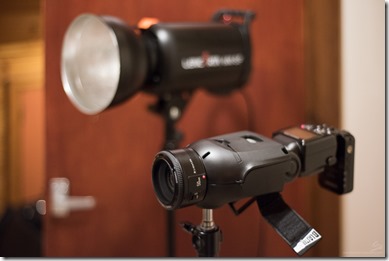 Next was the Nikon SB900, zoomed out wide to 24mm. Flashguns like the SB900 have a “zoom” facility which retracts the flash tube into the internal reflector to narrow and concentrate the beam. When mounted on the camera hot-shoe and pointing directly forward without the diffusion dome on, the SB900 will zoom the light as you zoom your lens, to provide optimum coverage of the angle of view the lens is giving, I’ve used this once years ago. For me though, it’s a creative tool for off-camera flash. The light is set to
Next was the Nikon SB900, zoomed out wide to 24mm. Flashguns like the SB900 have a “zoom” facility which retracts the flash tube into the internal reflector to narrow and concentrate the beam. When mounted on the camera hot-shoe and pointing directly forward without the diffusion dome on, the SB900 will zoom the light as you zoom your lens, to provide optimum coverage of the angle of view the lens is giving, I’ve used this once years ago. For me though, it’s a creative tool for off-camera flash. The light is set to 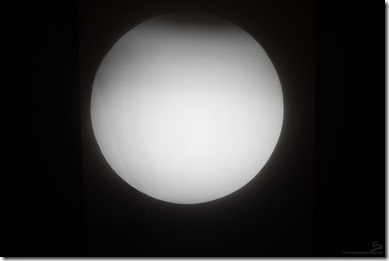
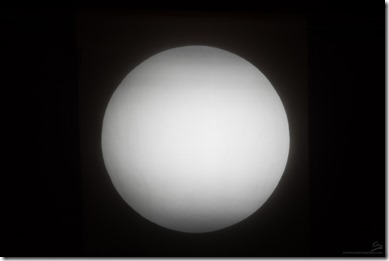 manual, 1/1 to avoid any shenanigans from the YN622 radio system. Here it’s at its widest setting for maximum spread of light. It measured around f/5.6 in the centre, but tbh, it’s unusable due to the complete lack of coverage of the image circle. I then zoomed it in all the way to 200mm. This produces a narrow concentrated beam and gives the image on the left. Much better. Almost complete coverage and a reading of f/6.3 in the centre. I then flipped the light over in the holder and got the one on the right. Better, and with a bit of messing around with the angle of the Speedlight in the Lightblaster It would probably cover it all. Reading at the centre remained at f/6.3
manual, 1/1 to avoid any shenanigans from the YN622 radio system. Here it’s at its widest setting for maximum spread of light. It measured around f/5.6 in the centre, but tbh, it’s unusable due to the complete lack of coverage of the image circle. I then zoomed it in all the way to 200mm. This produces a narrow concentrated beam and gives the image on the left. Much better. Almost complete coverage and a reading of f/6.3 in the centre. I then flipped the light over in the holder and got the one on the right. Better, and with a bit of messing around with the angle of the Speedlight in the Lightblaster It would probably cover it all. Reading at the centre remained at f/6.3
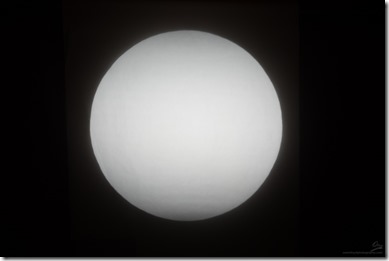
 Finally I tried a Yongnuo YN565EX. The head on this is slightly smaller than the SB900 and goes into the holder with a lot less fuss. I zoomed it to it’s maximum of 105mm and again, set it to manual 1/1 – full power. Better coverage than the SB900 at 200mm, and… f/8 at the centre!
Finally I tried a Yongnuo YN565EX. The head on this is slightly smaller than the SB900 and goes into the holder with a lot less fuss. I zoomed it to it’s maximum of 105mm and again, set it to manual 1/1 – full power. Better coverage than the SB900 at 200mm, and… f/8 at the centre!
A couple of conclusions from this then: the studio adapter works, and of course gives you more options including using the modelling light briefly to focus and locate the projected image. But tbh using studio strobes is just too ineffeicient, and too much light is lost. You’d be better off spending that money on a YN565 or YN560 flash. The flash tube in a studio flash is just too big, and most of the light just bounces around the reflector and is absorbed eventually primarily by the black parts of the Lightblaster.
You’re better off zooming the Speedlights in, which again makes sense as the hole the light has to go through in the Lightblaster, and then the lens on the front is quite small. f/8 in the middle is quite usable, and if you’re illuminating a background, you can always bump up the exposure (open the aperture or raise the ISO) to get pure white from edge to edge. Not so much if you’re projecting onto your subject, but then the unevenness won’t be noticable on a person or other more complex background
